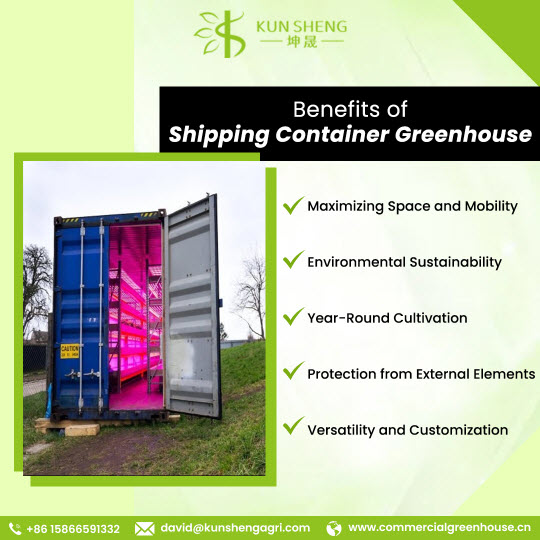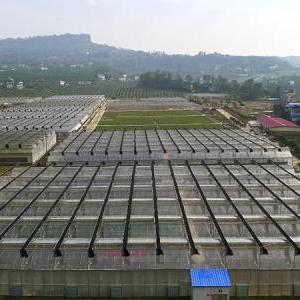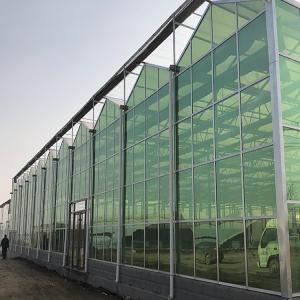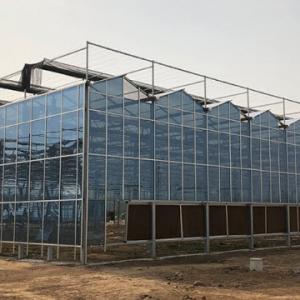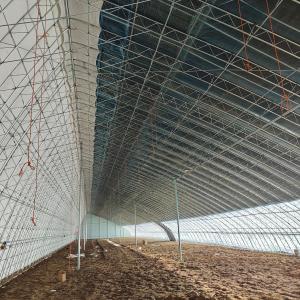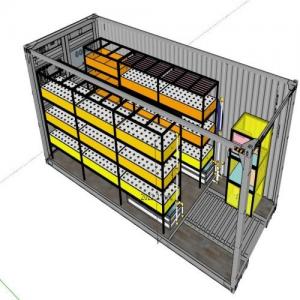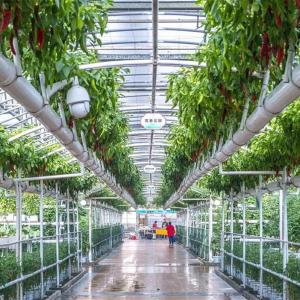Functioning Principle Behind Vertical Hydroponic Greenhouses
Vertical hydroponic greenhouses represent a revolutionary approach to agriculture that maximizes space and resource efficiency while producing fresh, high-quality crops. Hydroponics is a soilless cultivation method where plants grow in a nutrient-rich water solution. This technique allows for precise control over the plant's environment, leading to faster growth and higher yields.
Exploring the Mechanics of Hydroponic Systems
Vertical hydroponic systems revolutionize modern agriculture by employing a soilless cultivation technique. In these greenhouses, plants grow without traditional soil, as their roots are suspended in nutrient-rich water solutions. The vertical design maximizes space efficiency, allowing multiple layers of crops to be cultivated in the same area. Gravity plays a crucial role, as it drives nutrient-rich water through distribution channels, nourishing the plants from top to bottom.
The implementation of LED lights is a game-changer, simulating natural sunlight for the plants. This provides the necessary light spectrum for photosynthesis, promoting robust growth and healthy development. As a result, these hydroponic systems facilitate continuous harvesting, making them ideal for year-round cultivation and eliminating seasonal limitations.
The combination of soilless cultivation, vertical stacking, gravity-driven nutrient distribution, and LED lighting represents an innovative approach that boosts crop yield, minimizes water usage, and conserves space. Vertical hydroponic greenhouses present a sustainable solution to meet the increasing demand for fresh produce while addressing the challenges of traditional agriculture.
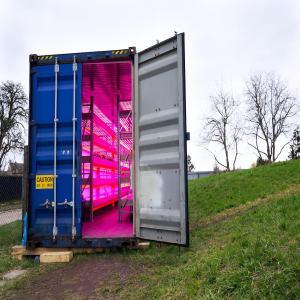
Understanding Hydroponic Farming: How Does it Work?
Hydroponic farming represents a revolutionary soilless cultivation technique that redefines modern agriculture. In this method, plants are grown without the use of traditional soil. Instead, they thrive in nutrient-rich water solutions, receiving essential elements directly through their roots. This direct nutrient supply results in healthier and faster growth, leading to higher crop yields.
Resource efficiency is a hallmark of hydroponic farming. Water and nutrients are continuously recycled within the system, reducing water consumption and minimizing waste. This sustainable approach to farming contributes to water conservation and ensures optimal utilization of resources.
Hydroponic systems are incredibly versatile and adaptable to various settings. They find practical applications in urban farming, where space is limited, and vertical greenhouses, where multiple layers of crops can be cultivated simultaneously. This adaptability makes hydroponic farming a viable solution for addressing the challenges of traditional agriculture and meeting the growing demand for fresh produce in an efficient and sustainable manner.
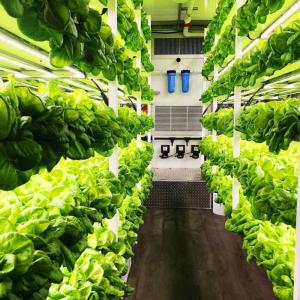
The Architectural Design of Vertical Hydroponic Greenhouses
The structure of a vertical hydroponic greenhouse is a marvel of efficient design and ingenuity. It features multiple levels of growing platforms strategically stacked on top of one another, creating a multi-tiered cultivation system. Each level accommodates a series of nutrient channels and planting trays.
The planting trays serve as the nurturing beds for the plants, while nutrient-rich water is continuously delivered through the channels, providing essential elements directly to the roots. This soilless arrangement eliminates the need for conventional soil and allows plants to thrive solely on nutrient-rich water.
With space optimization at its core, this architecture ensures maximum crop yield per square foot. The vertical arrangement allows growers to cultivate a higher density of plants in a smaller area, making the most efficient use of available space.
To further streamline the growing process, automated systems are employed to regulate vital factors such as nutrient distribution, temperature, and humidity. This level of precision ensures an optimal environment for plant growth, leading to healthier, more abundant crops.
Seed Life Cycle within Vertical Greenhouses
In a vertical greenhouse, the seed life cycle commences with the germination stage, a critical process that sets the foundation for plant growth. Carefully selected seeds are placed in specialized growing media, where they receive optimal moisture and temperature conditions essential for sprouting. With the right nurturing, the seeds begin to sprout, giving rise to young seedlings.
Once the seedlings emerge, they are carefully transplanted into the hydroponic system. Here, the plant's roots are suspended in nutrient-rich water, providing them with a continuous supply of essential elements. This direct access to nutrients fosters rapid growth and development, ensuring that the young plants mature quickly.
As the plants progress through their life cycle, they advance into the reproductive stage. They develop flowers and, in some cases, fruits or vegetables. This marks the completion of the seed life cycle. The mature plants produce seeds, ready to be harvested and utilized for the next generation of crops, starting the cycle anew.
The vertical greenhouse optimizes this seed life cycle by providing a controlled environment that promotes healthy and vigorous growth throughout the entire process. The efficient use of space in a vertical setup allows for a higher density of plants, leading to increased productivity and sustainable agriculture practices. As the seed life cycle perpetuates in the vertical greenhouse, it underscores the potential of this innovative cultivation method to meet the demand for fresh produce in a resource-efficient and eco-friendly manner.
Diverse Crops for Vertical Farms: What Can You Cultivate?
Vertical farms present a plethora of crop choices, showcasing their remarkable versatility in cultivation. Within the controlled environment of a vertical setup, an array of crops thrives, catering to diverse culinary needs and nutritional preferences.
Leafy greens like lettuce, spinach, and kale flourish in hydroponic systems, benefiting from direct access to nutrient-rich water. The controlled conditions provide an optimal environment for these greens to grow rapidly and consistently, ensuring a steady supply of fresh and nutritious produce.
Herbs and microgreens are also well-suited for vertical farms. These delicate and flavorful greens find a perfect home in hydroponic systems, where they receive the precise amount of nutrients and light required for healthy development. Chefs and home cooks alike appreciate the convenience of having a variety of fresh herbs readily available.
Vine crops, such as tomatoes and cucumbers, can be grown vertically with appropriate support structures. These fruits thrive in the hydroponic environment, producing high-quality yields. Vertical cultivation saves space and enables efficient use of resources while delivering robust and delectable fruits.
Furthermore, vertical farms accommodate the cultivation of fruits like strawberries and peppers. With the controlled environment ensuring optimal growing conditions, these crops flourish, providing a rich harvest of succulent and vibrant produce.
The ability to grow a diverse range of crops in a vertical farm demonstrates its potential as a promising solution for sustainable agriculture and local food production. By leveraging space efficiently and providing a controlled ecosystem, vertical farms offer a practical and eco-friendly approach to meet the ever-growing demand for fresh, locally-grown produce, ultimately contributing to a greener and healthier future.
